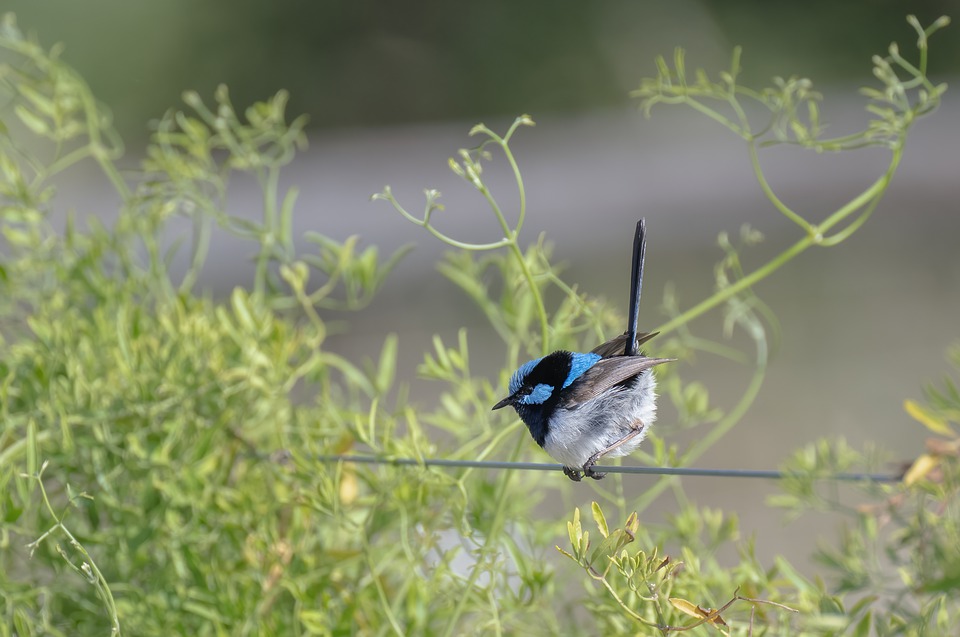When wild animals take over abandoned houses, it can create a fascinating and sometimes eerie sight. Nature has a way of reclaiming what humans have left behind, and these instances serve as a reminder of the delicate balance between civilization and the natural world. In this article, we will explore some examples of wild animals making themselves at home in deserted buildings and the implications of this phenomenon.
One of the most common types of animals to take over abandoned houses are rodents. Mice, rats, and squirrels are known for seeking shelter in buildings that have been left vacant for extended periods. These creatures are experts at finding their way into even the smallest cracks and crevices, making abandoned houses the perfect refuge for them. While rodents may seem harmless, their presence can lead to damage to the structure of the building and pose health risks to humans if they carry diseases.
In addition to rodents, larger animals such as raccoons, opossums, and even deer have been known to take up residence in abandoned houses. These animals are attracted to the shelter and safety that these buildings provide, especially in urban areas where natural habitats are scarce. While it may be intriguing to see these wild creatures in unexpected places, their presence can also lead to conflicts with humans and potential damage to the property.
In some cases, abandoned houses have become havens for more exotic wildlife. In rural areas, it is not uncommon to find bats, owls, and even snakes inhabiting deserted buildings. These creatures play a vital role in maintaining the ecosystem and should be respected and protected, even if they are living in unconventional spaces. However, it is essential for humans to be cautious when encountering these animals, as some species may pose a threat if they feel threatened or cornered.
The phenomenon of wild animals taking over abandoned houses raises important questions about the impact of human activity on the environment. As more buildings are left vacant due to economic downturns or population shifts, wildlife is forced to adapt to these changing landscapes. While it may be tempting to view these occurrences as a novelty, it is crucial to consider the long-term implications for both the animals and the ecosystems they inhabit.
In conclusion, the sight of wild animals making themselves at home in abandoned houses is a poignant reminder of the resilience and adaptability of nature. While it may be unsettling to see these creatures in unexpected places, it is essential to approach these encounters with respect and caution. By understanding the reasons behind this phenomenon and taking steps to coexist peacefully with wildlife, we can ensure that both humans and animals can thrive in a rapidly changing world.





